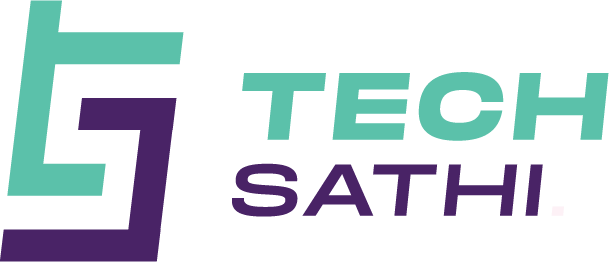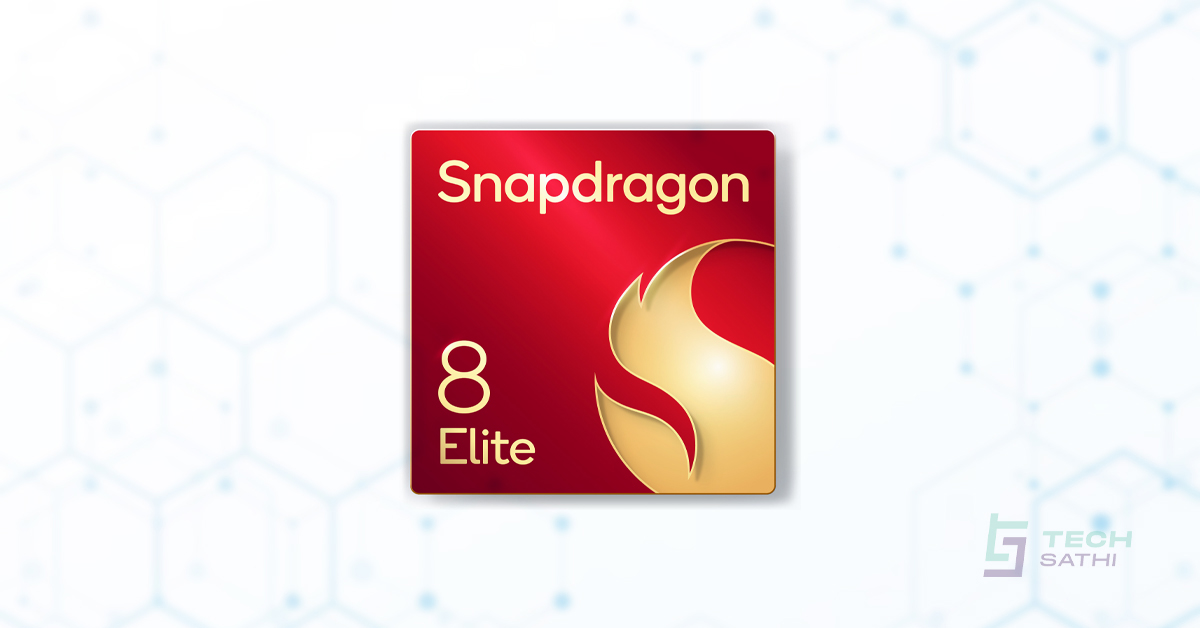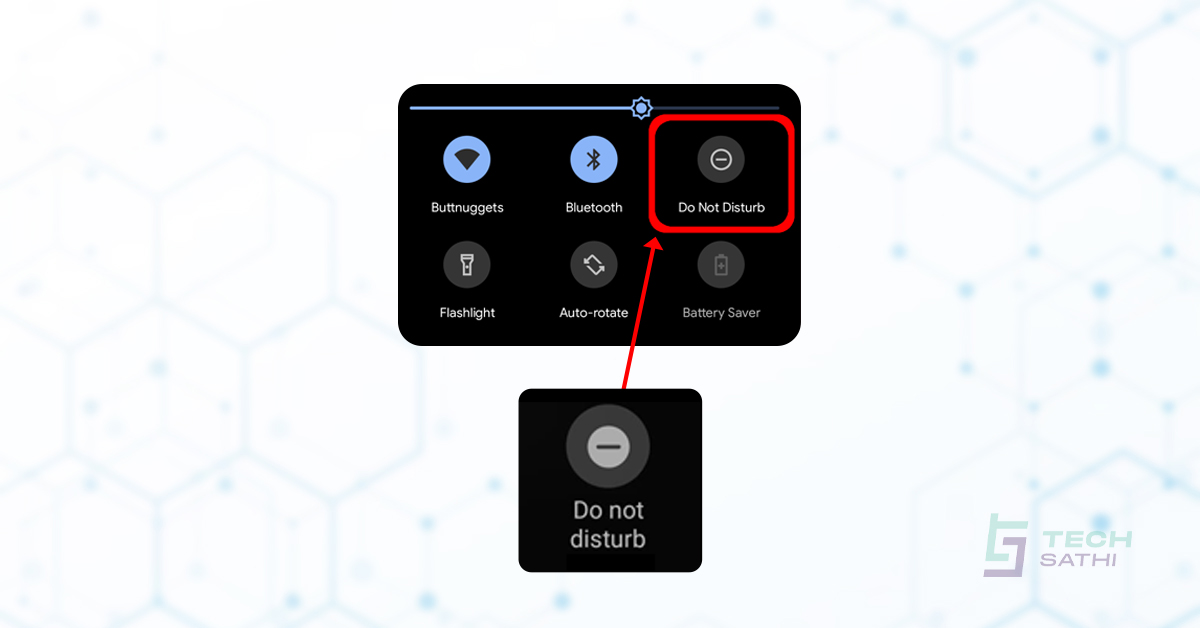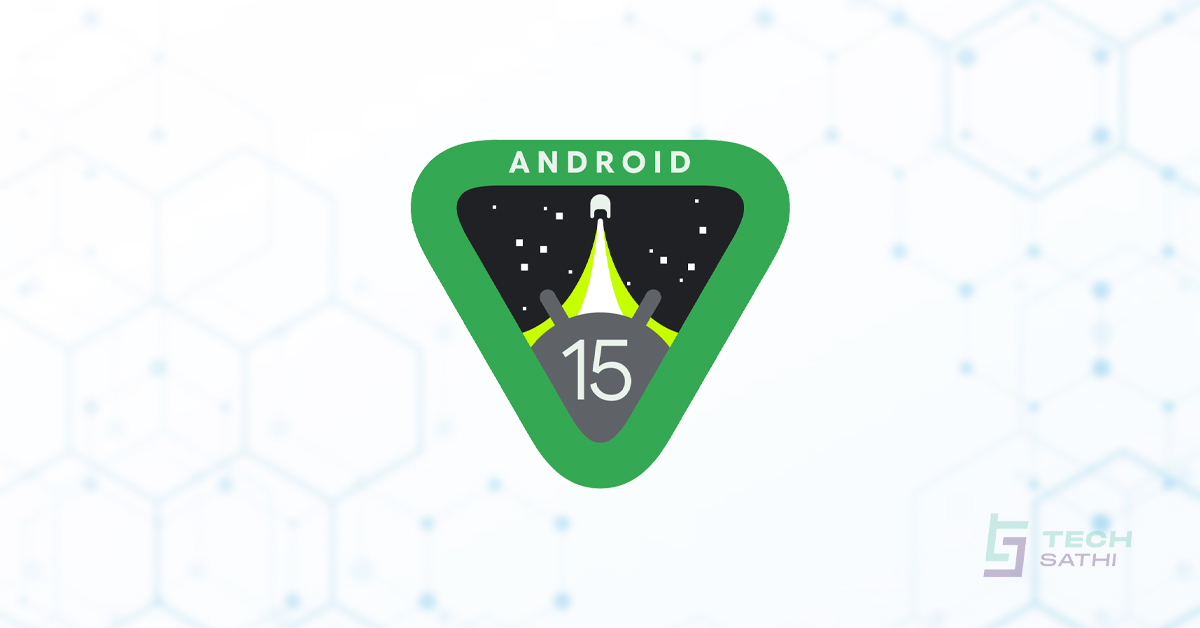From one way or another, you might have heard about smart devices, autonomous robots, and self-driving cars. They are certainly revolutionary but they aren’t as smart as they might sound. The main limitation of these smart devices is that they have limited communication with the external environment. A car may drive itself and avoid external obstacles but it can’t figure out when to pick you up or what kind of song you want to listen to depending upon how your day passed in office.
Now, imagine how helpful will it be if your wearable fitness devices measure your heart rate and the number of steps you’ve taken that day, then use that information to suggest exercise plans tailored to you. A device that records statistics via an app for future training purposes and suggests diet plans. Sounds cool, right? Well, that’s the real-life implementation of IoT. Read on to know more about IoT.
What is IoT?

IoT stands for the Internet of Things. It is an Interrelated and interconnected ecosystem of computer devices, digital machines, and objects with an ability to transfer data to each other in real-time, with minimum or no human intervention. The main aim of IoT is to utilize the power of the internet, data processing, and analytics in the real world of physical objects to perform the tasks simultaneously with close communication among various devices.
How IoT works
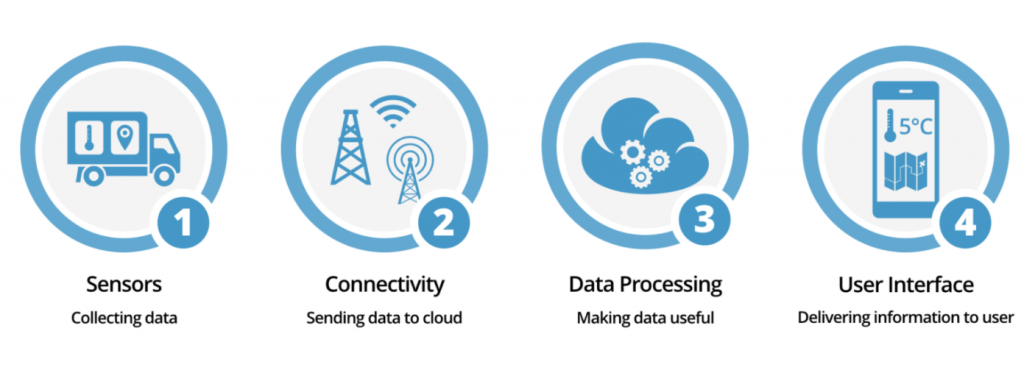
All the devices are connected with their unique identifiable address known as IP address in the internet of things. Sensors are also attached to these smart devices. They gather data from the surrounding with their own sensors with close cooperation among other devices. These data are then sent to central servers. After that, the servers store, analyze and process the data and send instructions to perform a specific task to the device upon certain conditions.
Implications of IoT
IOT can be used in almost all aspects of human life. They can be used in healthcare where Data collected from IoT devices assist doctors to identify the optimal treatment process for patients. It can even be used to prevent the disease through continuous monitoring. Similarly, it can be used in industries with which we can control industrial devices and different types of equipment. Besides this, IOT can be used in the education sector by enabling students to collect learning materials. They also provide teachers the ability to measure student’s progress in real-time. In this way, IoT plays a vital role in our day-to-day lives.
Don’t Miss: Hamro Patro Launches ‘Notes’ Feature – Now Keep Track Of Your Daily Life And Needs
